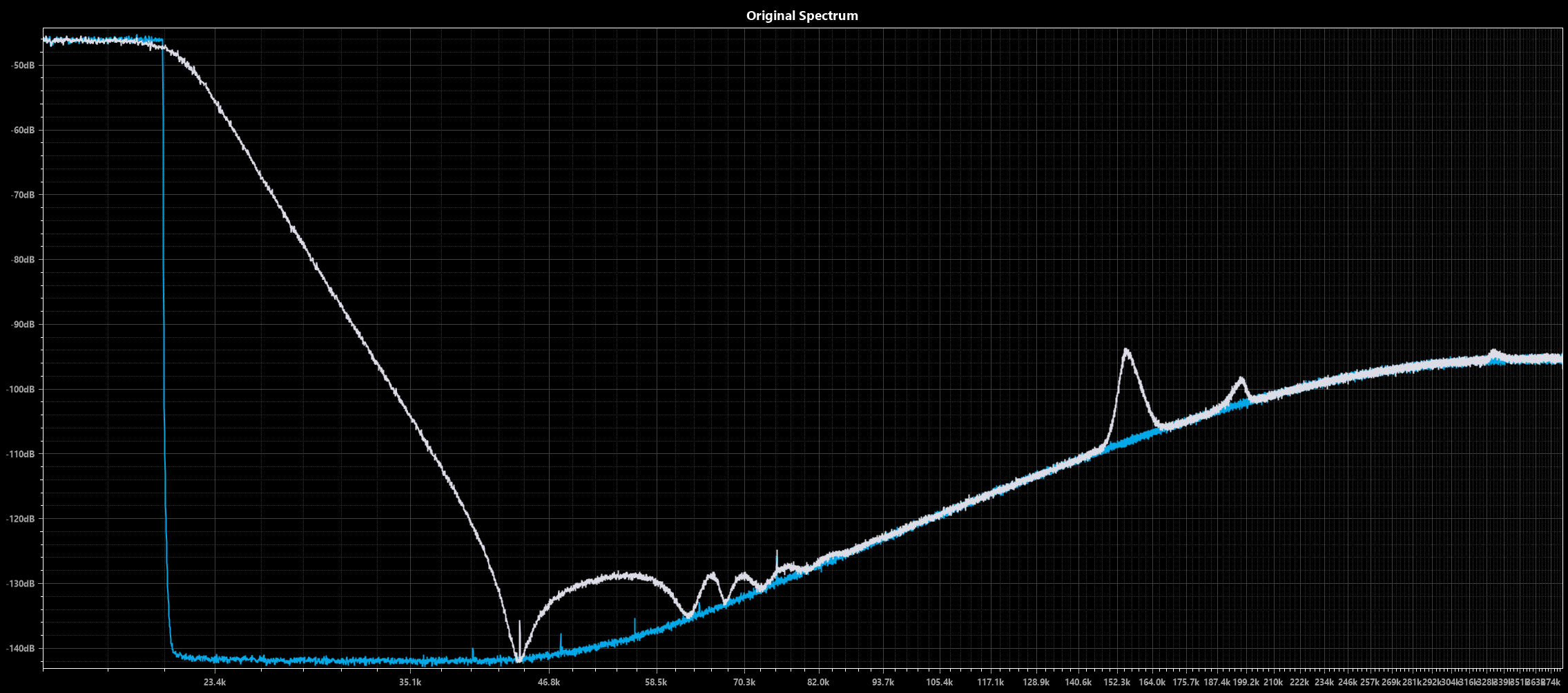One thing that makes me sceptical of your reasoning is that you previously, in another thread, claimed that devices that are preferred in blind tests are at the same time devices that have worse values when measuring already known variables. In other words, you imply that your supposed unknown variable would co-vary with relatively worse values of distortion and whatever other values of known variables that you believe must be held back for the "unknown variable" to blossom. Or, put differently, Topping (as you referred to earlier) sounds worse because by maximizing known variables it degrades the value of an unknown or hidden variable.
Again, NO CLAIMS. Observations.
Background. A new "Flagship" product is designed. For whatever reasons extremely low THD & N (way beyond those necessary to avoid audible distortion of any kind covered by standard tests) is part of the requirements.
Meeting these requirements proved a challenge and took a lot of effort and fine tuning the circuit. It used single loop feedback, and a mix of increasing open loop gain and interstage distortion cancellation to get very low THD & N (aka a big SINAD number).
Later after modifications were made the SINAD number remained "respectable" and way below any possible audibility, but it ended up around 20dB worse than the original configuration. Measures included greater amount degeneration in individual stages, single pole output stage inclusive compensation instead of more "interesting" compensation schemes and removal of cancellation based distortion reduction.
Observation 1:
After this very low THD Headphone Amplifiers had multiple prototypes circulating, experienced listeners do not "like" the Headphone amplifier when listening. The reactions are universally negative. These are not blind tests, however consistent. Much less expensive and smaller, less well build headphone amplifiers including competitors products are ranked as superior in "good sound" by those listeners.
Observation 2:
Following the feedback in 1) a number further test units are build up and and different modifications of the circuit are realised. Externally these units look identical. A number of further tests suggests the unit with the highest THD & N was preferred to all others. This test unit is also preferred to all other "contenders". These are still informal listening tests, but they are blind insofar that listeners do not know by sight which unit is which. They just listen and make their own judgements and state preferences, additional comments on subjective sonics welcome. Again, a strong consusu was found as to which unit is PREFERRED across multiple independent listeners not in contact with each other, in the same room etc.
I'd like to add that this test is what in HiFi claim should be how reviewers should perform their tests, multiple identical boxes that may or may not be different inside and that they can play with however they want to their liking and report back, without knowing what they test.
Observation 3:
Once 1) and 2) suggested a correlation, a formal listening test was organised, multi-choice, blind, preference. This too again returned the same preference with overwhelming majority and statistic significance.
Result:
The preferred product was put into production.
Claim:
No claim is made.
Theory:
No theory or hypothesis is presented.
All of that has been covered repeatedly.
And that, to quote Forest Gump, is all I have to say about that.
Thor


